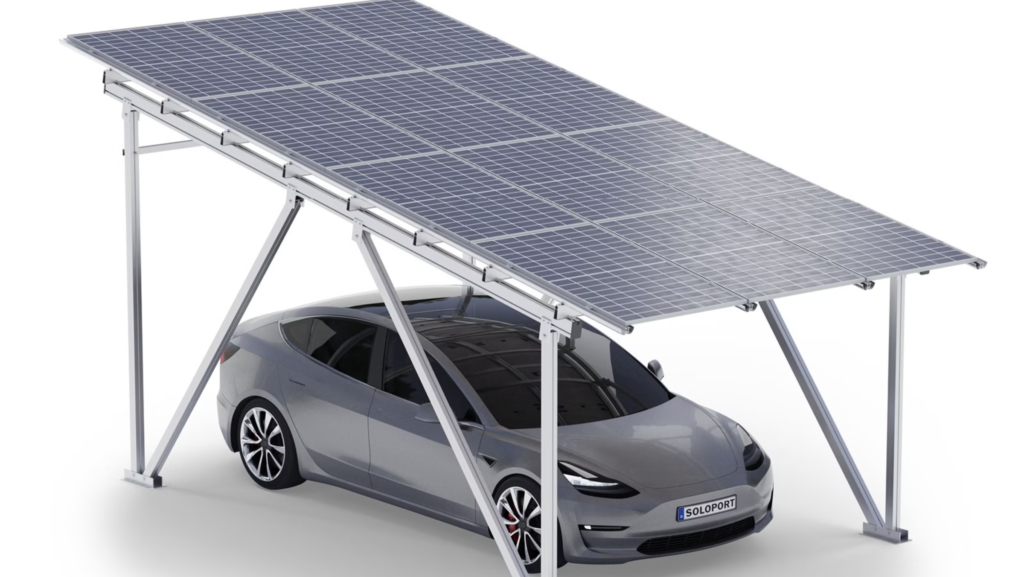Key Considerations for Preventing and Maintaining Solar Panels Against PID (Potential Induced Degradation) Effect
Potential Induced Degradation (PID) is a significant issue affecting the performance and lifespan of solar panels. It occurs when high voltage differences between the solar cells and the grounded frame cause ion migration, leading to power degradation. To effectively prevent and manage PID effects, consider the following maintenance and preventive measures:
- Component Grounding and Voltage Management:
Implement proper grounding techniques to minimize voltage differences between the solar cells and the frame. Negative pole grounding is a common method, but it must be paired with safety measures such as abnormal current monitoring and disconnection systems to prevent short circuits and electrical hazards. This approach helps reduce PID by stabilizing the electrical potential across the panel. - Use of High-Quality Materials:
Opt for solar panels with high-quality encapsulation materials, such as EVA (ethylene-vinyl acetate) with high volume resistivity or POE (polyolefin elastomer), which offer better insulation and resistance to PID. Additionally, consider using materials with low contact resistance between the metal electrodes and semiconductor layers to reduce the likelihood of PID. - System Design Optimization:
Design the solar power system to minimize the voltage stress on individual panels. This can involve adjusting the array configuration, using transformers, or selecting inverters that help manage system voltages effectively. Avoid placing panels in locations where they may be exposed to prolonged high humidity or acidic environments, as these can exacerbate PID. - Regular Inspections and Testing:
Conduct regular visual inspections to check for signs of PID, such as discoloration or reduced power output. Use specialized testing equipment, such as PID testers, to evaluate the panels’ performance under simulated stress conditions. Early detection allows for timely intervention, such as applying PID recovery techniques or replacing affected panels. - Environmental Control:
Implement measures to protect solar panels from environmental factors that can contribute to PID, such as moisture, dust, and extreme temperatures. Ensure proper sealing and ventilation around the panels to prevent the accumulation of moisture and contaminants. Consider using anti-reflective coatings or surface treatments that reduce the adhesion of pollutants. - PID Recovery Techniques:
For panels already affected by PID, consider using recovery techniques such as applying a reverse bias voltage or using specialized PID recovery devices. These methods can help restore some of the lost power output by reversing the ion migration process. However, it’s important to follow manufacturer guidelines and safety protocols when applying these techniques. - Training and Education:
Provide comprehensive training for maintenance personnel on PID prevention, detection, and recovery. Ensure they are familiar with the latest technologies and best practices for solar panel maintenance. Regularly update training materials to reflect advancements in PID research and mitigation strategies. - Adoption of Advanced Technologies:
Stay informed about new technologies and advancements in solar panel design that can help prevent PID. For example, some modern inverters come with built-in PID prevention features, such as automatic voltage regulation or PID recovery functions. Explore the possibility of integrating these technologies into your solar power system.
By implementing these preventive and maintenance measures, you can significantly reduce the risk of PID effects in solar panels, ensuring optimal performance, longevity, and safety of your solar energy system. Regular monitoring, testing, and timely intervention are key to maintaining the efficiency and reliability of your solar panels over time.


